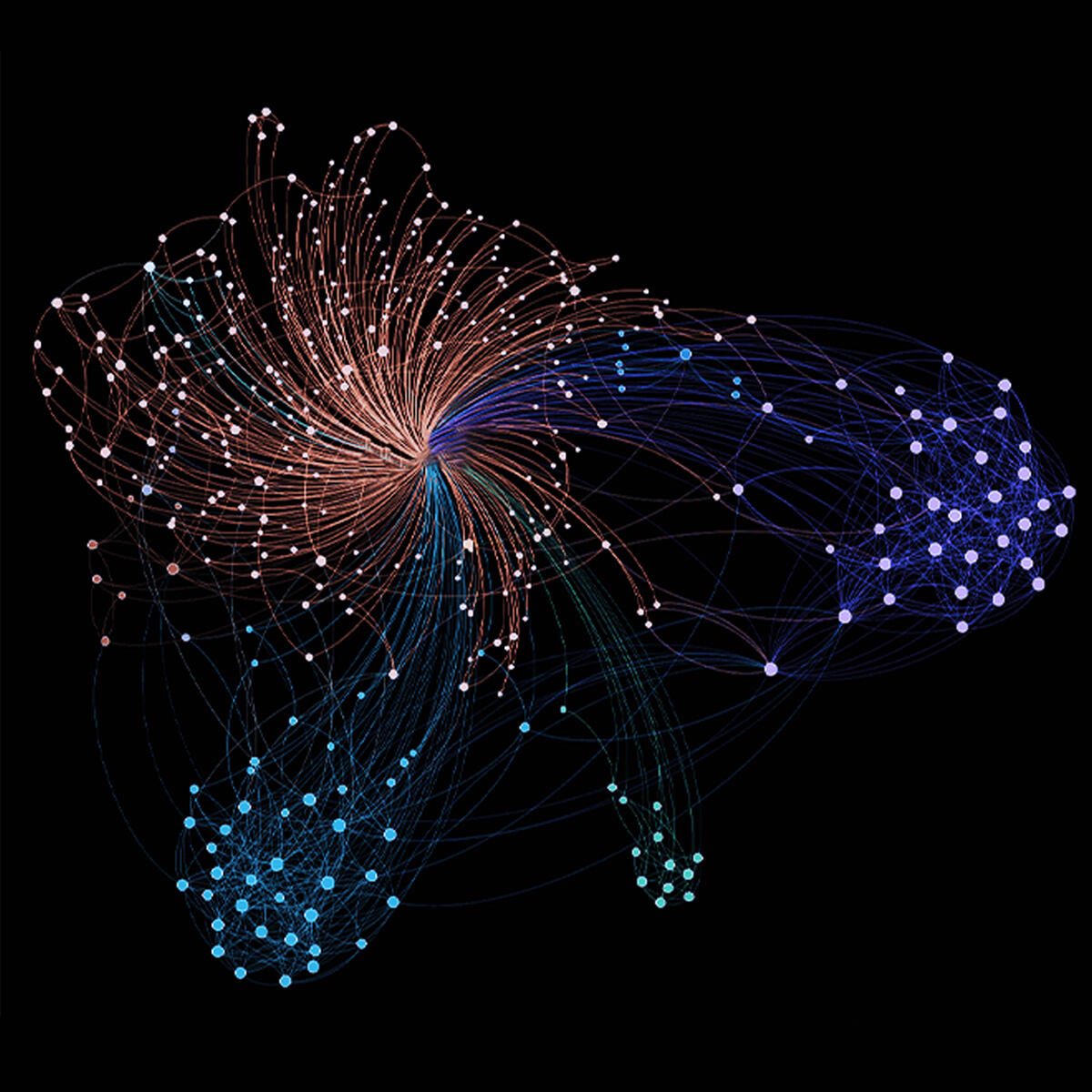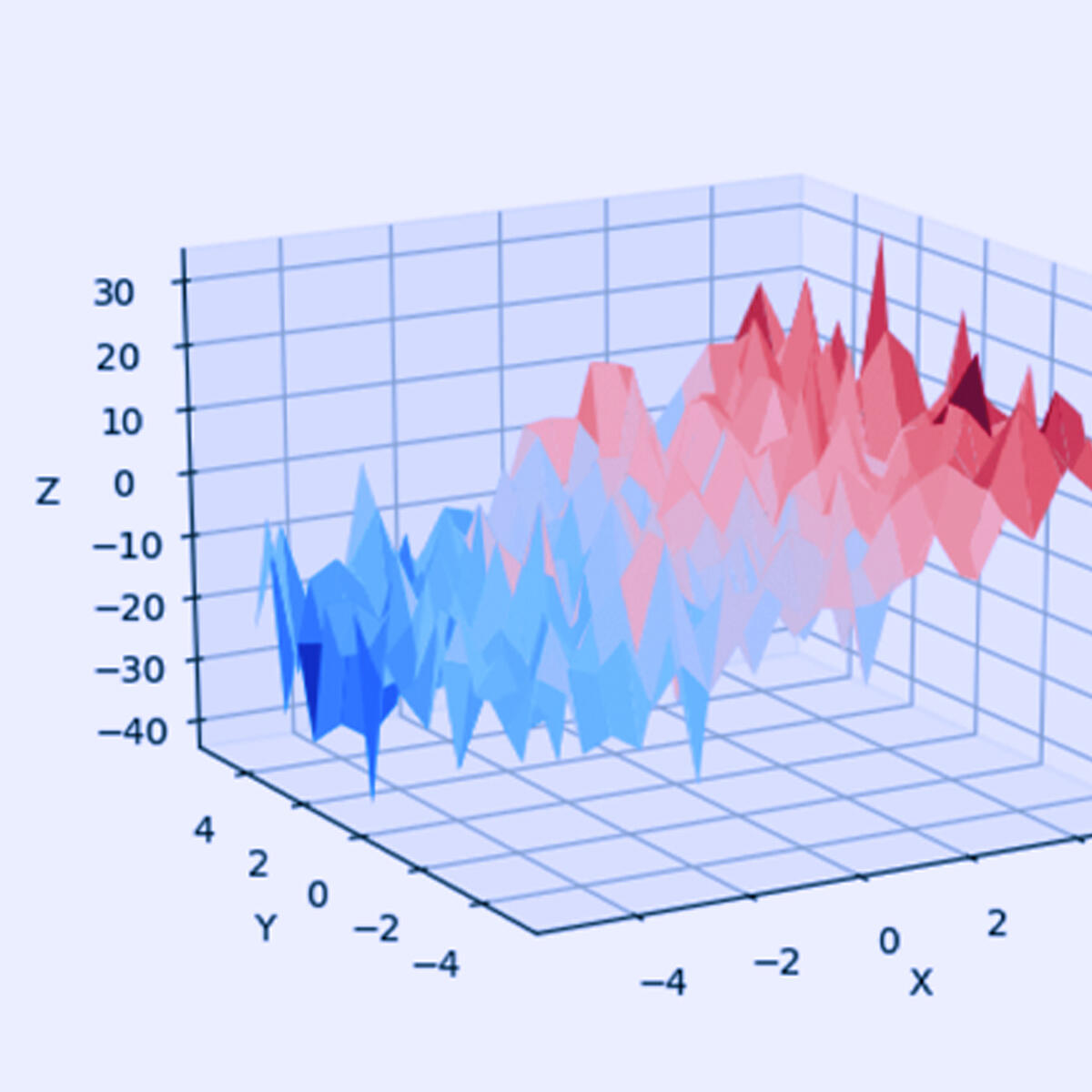An AI algorithm for Anomaly Detection is trained to capture objects in the dataset that deviate from the norm and investigate possible correlations with other anomalies. Unusual data can indicate critical incidents, such as a technical failure or a fraud attempt, or potential opportunities, such as a change in consumer behavior. Integrated into analytical and production tools, anomaly detection helps your company forge its path to the future.
Anomaly detection algorithms identify elements that deviate from the normal behavior of a phenomenon that repeats over time. This means you can ascertain, in real-time, the emergence of problems or malfunctions in your machinery, but also immediately investigate unexpected trends and opportunities.
Recognize the early signs of a risky situation. Identify signs of wear in machinery. Detect changes in user behavior. Catch the clues of a new normal. All this is possible thanks to the detection power of AI models based on Machine Learning.
Anomaly Detection ensures complete operational fluidity for your company by identifying errors, dangers, or anomalies in advance. The time saved allows you to prevent and resolve potential issues in advance - thus avoiding interruptions and slowdowns in your activities.
Analyzing a rich database requires care, time, and resources. Detecting anomalies amidst the data dust takes even more time. Artificial Intelligence sifts through every data point, detects the first faint signs of irregularity, and intuits distant correlations in rapid times, making the Anomaly Detection process simple and immediate.

The most innovative Anomaly Detection is based on the use of various types of Machine and Deep Learning algorithms in sync with each other.

At the core of the most advanced algorithms are unsupervised or partially supervised models: they learn to recognize anomalies starting from unclassified data.

From the K-means algorithm to DBSCAN, clustering tools allow the detection of data that deviates from the rest in a multidimensional space.